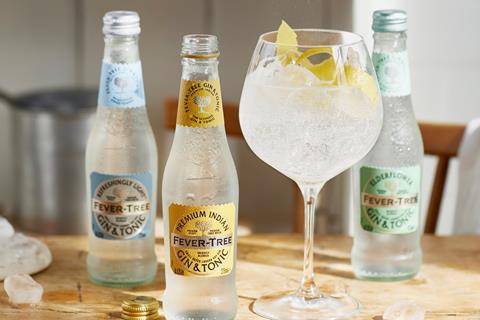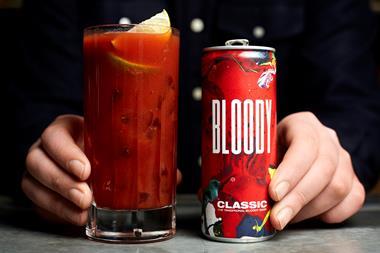
Ready to drink beverages have long been associated with canned, sugary, candy-flavoured, neon coloured, alcohol-fuelled drinks for young people starting to experiment with alcohol.
This is no longer the case. A complete revamp, repositioning and takeover of premium alcohol brands has turned the RTD category on its head. So much so that over the past year sales have grown by almost a third (28%) to £308m and RTDs are now growing at a rate more than three times faster than the total alcohol category [Nielsen Scantrack total off-trade alcohol 52 w/e 18 May 2019 vs YA].
Crucially, RTDs are no longer limited to spirits and mixers, though these remain central to the category. Wine (the largest BWS segment) has also moved into this format as the category looks for innovative ways to find growth.
Although less than 1% of RTD sales currently come from wine brands, making up just £3.4m in sales, wine RTDs are growing quickly and are up 125% year on year. Off-Piste Wines’ Pinot Grigio Fizz is the top-selling wine-in-a-can RTD, while its Most Wanted brand has the largest range in this format, with three different RTD offerings.
And it’s far from the only brand expanding into RTDs. All in all, our data suggests more than 50 new products have come on to the UK RTD market in the past year alone.
As a result, the demographic profile for RTD shoppers is changing rapidly. While the category was once geared primarily towards younger shoppers, the influx of premium products and well-known brands means today’s key RTD shopper is aged 45 and over.
Generation Sensible? Britain’s Biggest Alcohol Brands 2019
This shift is important for two reasons. First, the 45-plus group is one of the most important shoppers groups across fmcg, as they hold the spending power. Plus, they’re much more willing to splash their cash than younger shoppers across the majority of fmcg categories (even more so within alcohol) and tend to spend more per visit.
No wonder RTDs are being ranged far more widely than they were in the past. Just take a look in your local supermarket and you’ll see that RTDs, which once were allotted a single shelf, have expanded to take up much more space. Multiple shelves, and in some cases entire bays.
What’s more, we are now starting to see more and more RTDs appearing in chillers, and not just in independent stores. RTDs are now a key feature in supermarket convenience chillers, often taking up whole chillers in key travel location stores and even starting to appear alongside food-to-go items.
Retailers are giving more space to RTDs partly because they are the gateway to new shopper missions that can be difficult to fulfil through traditional wine and spirit offerings.
In addition to convenience and on-the-go missions, RTDs are a great format for encouraging trial as they allow shoppers to explore and experiment with new brands and flavours without having to invest in a whole bottle.
With so much to gain from RTDs, expect more alcohol brands to take the plunge in coming months. The rum and gin sub-sector in particular is worth keeping an eye on, with more activity on the cards from the likes of Bacardi and Whitley Neill.
Expect to also see new brands entering into this space as they use RTD as a way to enter into the alcohol category. RTD also still holds plenty of potential for those willing to be bold and innovative.
It all goes to show: in 2019, RTD really should be part of every alcohol brand’s growth strategy.



















No comments yet